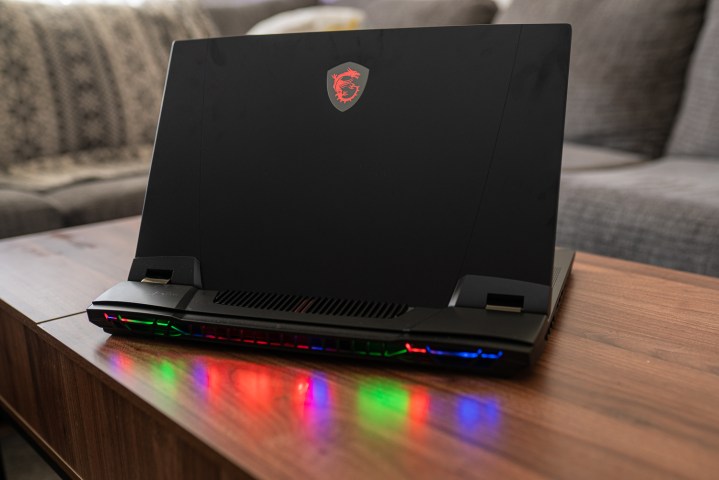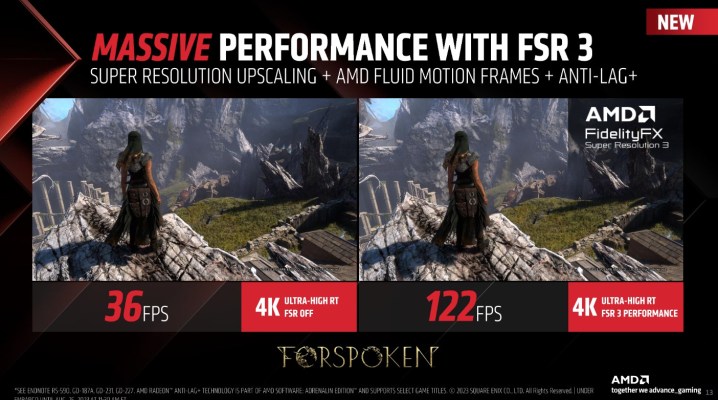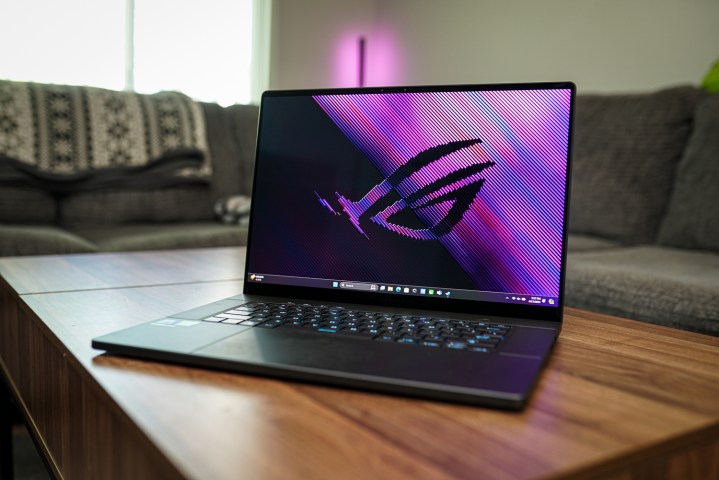I’ve gone back and forth on gaming laptops for years. They continue to get faster, thinner, and lighter, and for someone who travels as often as I do, that’s all important. Machines like Asus ROG Zephyrus G14 and Lenovo Legion 9i prove just how much gaming laptops have to offer.
But something is changing — at least for me. The fact that so few exciting releases have come out this year doesn’t help, but it’s more than that.
For one, there are new super-efficient Copilot+ PCs that are a delight to travel with. Personally, I’ve been enjoying the Asus Zenbook S 16, packing a new Ryzen AI 300 chip. Neither of these are known for gaming prowess, and yet, I’ve increasingly found myself eager to leave my gaming laptop behind.
There’s something weighing you down

In years past, there was a lot weighing you down with a gaming laptop — quite literally. Gaming laptops were notoriously thick and heavy, and although you can still find desktop replacements like the MSI GT77 Titan that fit in that category, there’s been a clear shift toward thinner and lighter gaming laptops. There are devices like the Alienware x16 and Asus ROG Zephyrus G16 that promise full performance in a highly portable form.
There are still some extras to keep in mind, namely the large power bricks that come along with gaming laptops. Even that’s changing, however. Many gaming laptops like the Razer Blade 14 offer USB-C charging with a high-power GaN charger — though at a performance loss — and laptops like the HP Omen Transcend 14 exclusively use USB-C for charging.

Physical portability isn’t the limiting factor today. It’s battery life. There have been a lot of strides to make gaming laptops more efficient, and with a solid gaming laptop, you can get a few hours away from the charger without concern. The chips themselves are more efficient, the software is better tuned to optimize for battery life when the laptop is unplugged, and hybrid graphics with AMD, Nvidia, and Intel allow you to turn off the discrete GPU when you’re not using it.
All of that is great, but the goal of a gaming laptop runs counter to the goal of long battery life. Discrete GPUs still suck down power, even with features like Nvidia Optimus, and high resolution, high refresh rate displays are a drain on battery.
A new device like the aforementioned Zenbook S 16 can last around 12 hours browsing the internet away from the charger. A gaming laptop like the Zephyrus G16? You’d be lucky to get four hours, even with the discrete GPU disabled.
Integrated graphics have gotten really good

Integrated graphics have come a long way in the past few years, and they really don’t get enough credit. A few years ago, with the release of Intel’s Tiger Lake, we were talking about running lighter titles like Fortnite (before the Unreal Engine 5 update) and Civilization VI below 60 frames per second (fps) at 1080p with medium settings, and that was impressive at the time. Today, there aren’t a ton of games you straight-up can’t play on integrated graphics.
Of course, the cutting-edge titles of today struggle, from Alan Wake 2 to Star Wars Jedi: Survivor, but you can comfortably play most games on integrated graphics. Even games like Cyberpunk 2077 work with enough graphics tweaks, and lighter esports and indie titles don’t even need a second thought.
I don’t want to pretend integrated graphics are close to the discrete GPUs of today; they’re not. But for a few pickup games while you’re on the road, you might be surprised.

Another big factor that’s boosted integrated graphics over the past few years is performance-boosting features like upscaling and frame generation. Not only will you be hard-pressed to find a modern game lacking Nvidia’s DLSS and AMD’s FSR, both vendors also have driver-level features that work across games. There are also tools like Lossless Scaling, which give you access to upscaling and frame generation in any game.
You’ll have to play with some compromises, and there might be some titles where you just can’t get consistent performance. But the integrated graphics we have today are enough to power an entirely new era of gaming devices like the ROG Ally X and the Steam Deck, and mainstream laptops get those same improvements.
I’m heading back from Siggraph in Denver while writing this article, and I carried the ZenBook S 16 with me to the show. I wasn’t booting up Alan Wake 2, but I had no issues picking up a bit of time in Halo: The Master Chief Collection and Hollow Knight while I was out.
I’m saving my time in games like Ghost of Tsushima for when I get back to my desktop, of course. But for some light gaming on the go, the integrated graphics available today are awfully impressive.
The extra bits don’t help

What about for gamers who aren’t on the go? The point of a gaming laptop starts to make a lot less sense. You get a keyboard, trackpad, and display, but short of the screen, you’ll probably use an external keyboard and mouse most of the time. And if you have a more permanent setup, you might not even crack the lid, instead connecting to an external display.
A small form factor gaming desktop makes a lot more sense if you fall into that camp. You can go about building your own — some modern SFF cases can even fit up to an RTX 4090 — but there are also a swath of mini-PCs that come with laptop components. There are high-end devices like Asus ROG NUC 970, as well as a suite of offerings from brands like Geekom and Minisforum, most of which are significantly cheaper than a gaming laptop.
It comes down to use case, but if you don’t need a PC on the go often, a gaming laptop doesn’t make a lot of sense. Even in my situation, where I often need a PC on the go, I find myself reaching for a different, more purpose-built device like the Steam Deck OLED instead.
When a gaming laptop makes sense

I don’t want to discredit gaming laptops entirely here because they serve a purpose. In particular, a gaming laptop is perfect if that’s your only device. If you need something that can travel with you, and you don’t play games on anything else — yeah, a gaming laptop will do what you need it to do in a single machine.
Every other gaming device you add to the suite turns down how essential a gaming laptop is, though. If you have something like the Steam Deck, a gaming laptop loses its purpose. If you don’t need to travel a lot, a desktop is cheaper and more powerful. And if you already have a powerful gaming desktop at home, it might make more sense to prioritize battery life when you need to take a laptop on the go.
That last camp is the one I fall into. That doesn’t mean it’s the right approach for everyone, but if you find yourself choosing between a regular laptop and a gaming laptop, give the former a shot — I’ve been loving the change of pace.





